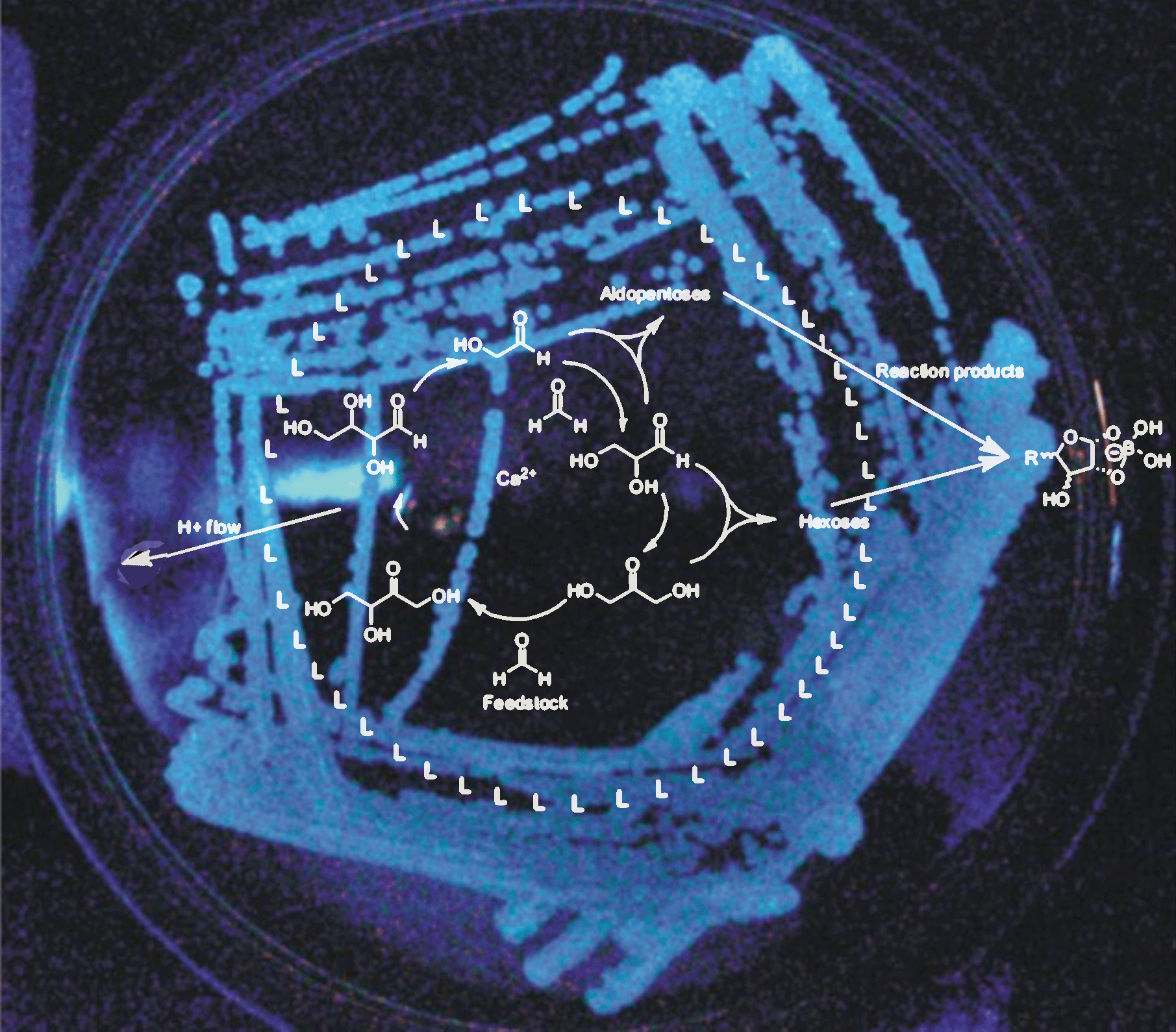One may compare Synthetic Biology's development at the start of this century with Synthetic Organic Chemistry's expansion at the start of the last: after decades of isolation, identification, structural analysis and functional confirmation, the future logical and free-ranging redesign of biomacromolecules offers tantalizing opportunities.
New methods and strategies are required.
Alternative strategic starting points (top, middle and bottom) provide alternative perspectives and complementary approaches.
The recruitment of existing biological building blocks (biomacromolecules) to designed synthetic systems has to date been the central thrust of many endeavours; many of these have focussed on concepts that revolve around the interchange of genes and gene clusters.
We term such a strategy "Middle-out" Synthetic Biology by virtue of its utilization of predefined biological hierarchies to create expanded diversity.
The community's existing focus on polynucleic acids, while pragmatic, also, it might be argued, ignores one of the central sources of diversity in nature, protein alteration and in particular post-translational modification.
Nature achieves breathtaking structural and functional diversity through this process, yet as chemists we have been slow to follow this informative lead.
Despite 80-years-worth of non-specific, chemical modification of proteins, precise methods in protein chemistry remain rare. The development of efficient, complete, chemo- and regio-selective methods, applied in benign aqueous systems to redesign the structure and function of proteins is one of our primary interests.
Invention and use of dual tag-modify strategy has allowed us to build synthetic proteins that function as effective mimics both in vitro and in vivo. We have used these to map cognate binding partners in mammalian brain. [pub 85]
The potential assembly of simple building blocks into cell-like and life-like constructs continues to act as an iconic goal for those interested in understanding the pre-biotic chemical processes that may have given rise to life.
These studies may inform on the origins of the sugars and amino acids that led to life, challenge current notions on how life-like processes may be assembled and even stimulate debate on what might be considered to be life.
We explore novel approaches to creating chemical cell-like entities (CHELLs, CHemical cELLs)[pub 82] that may be used to test principles and to explore interactions with natural cells.[pub 120]

This work has been conducted in collaboration with the EPSRC-funded CHELLnet and the BBSRC-funded SynBioNT and Synthetic Components networks. Ben Davis has been a member of the BBSRC working party on Synthetic Biology and chaired the joint EPSRC-NSF Funded-Workshop ('Sandpit') on Synthetic Biology. The group is a member of the Oxford Synthetic Biology CDT.
Prof Benjamin G. Davis
University of Oxford
Chemistry Research Laboratory
Mansfield Road
Oxford, OX1 3TA, UK
Phone: + 44 (0)1865 275652
Fax: + 44 (0)1865 275674
Ben.Davis@chem.ox.ac.uk
